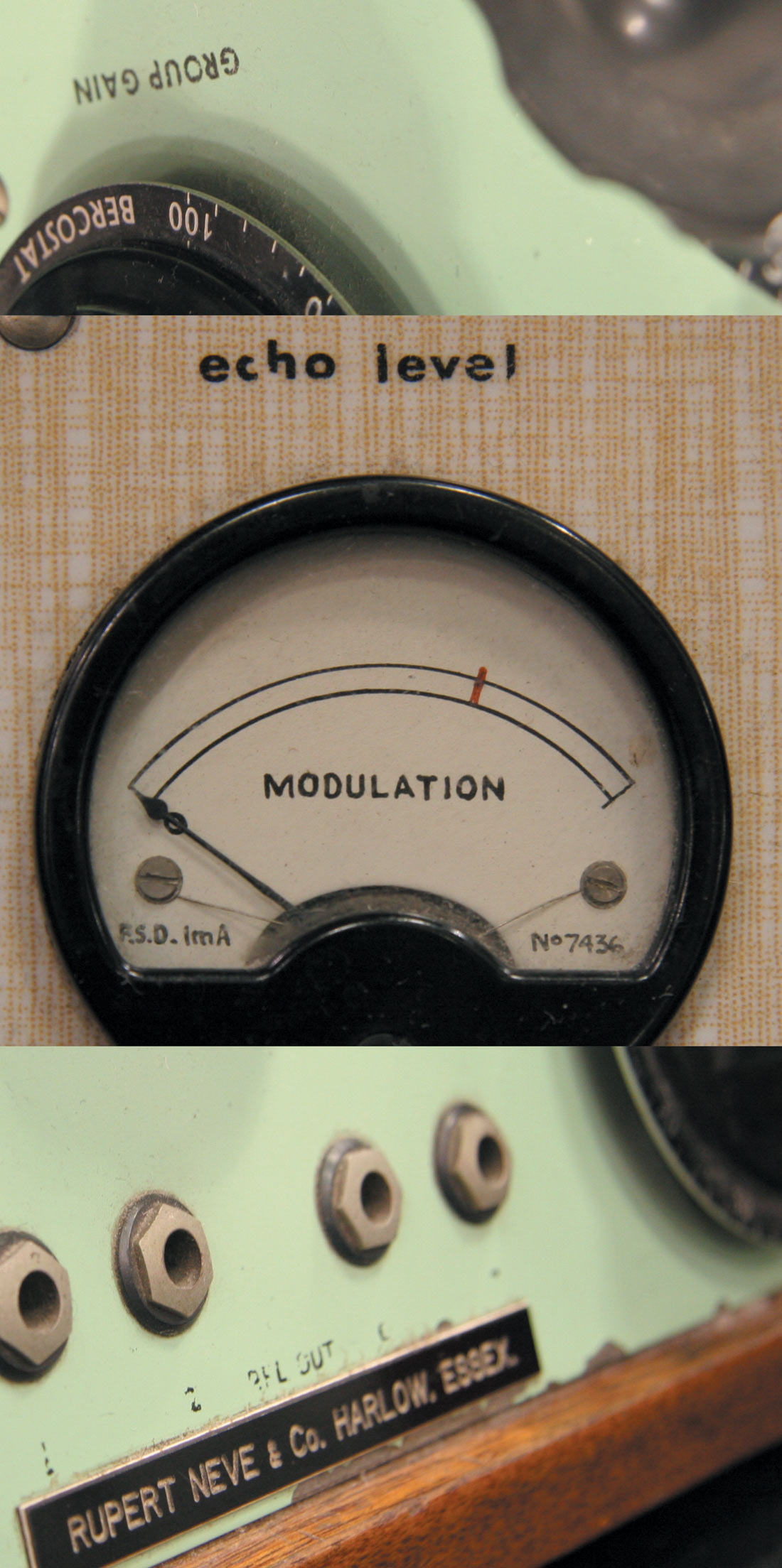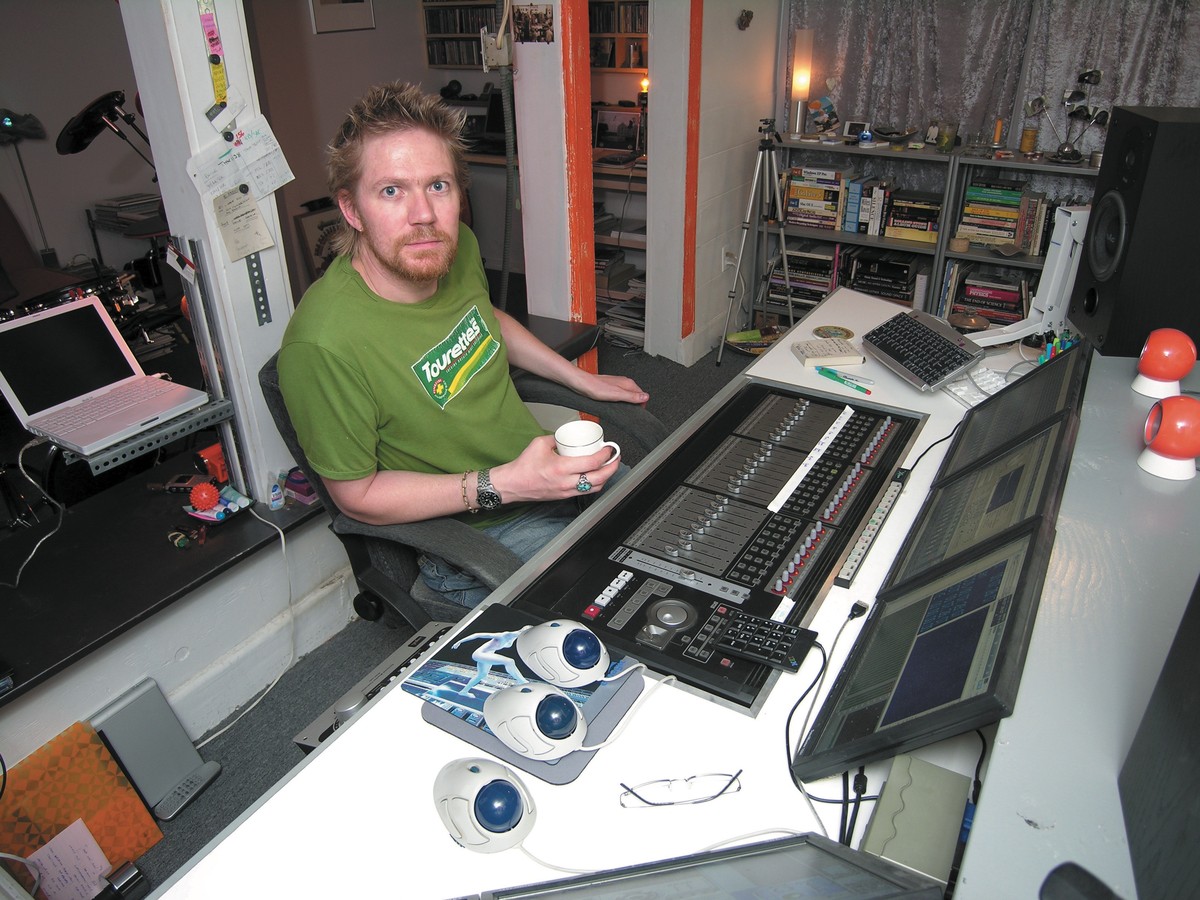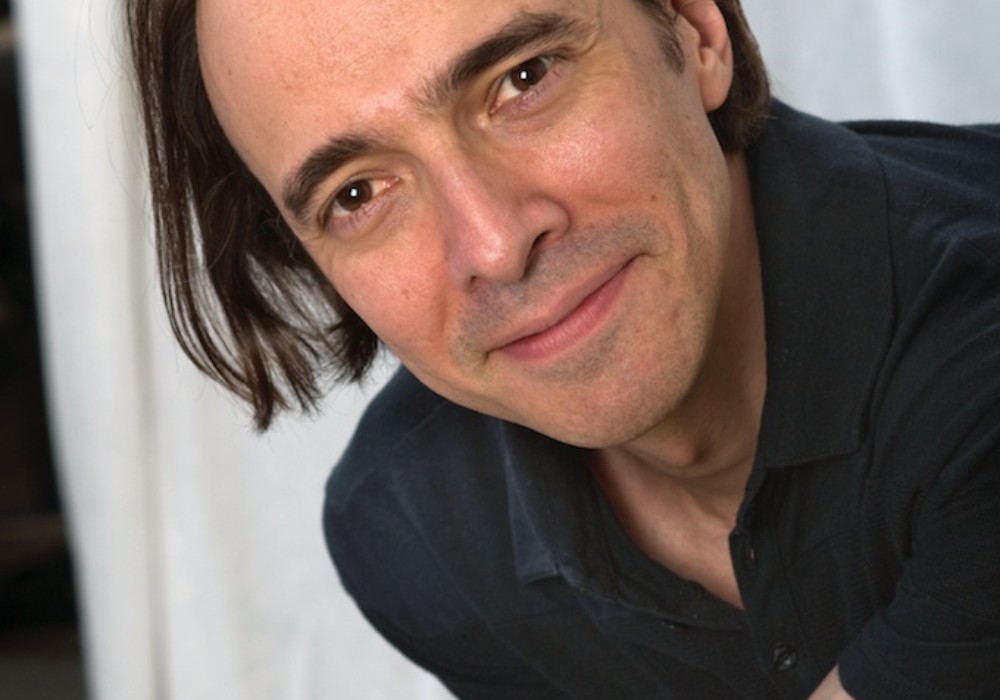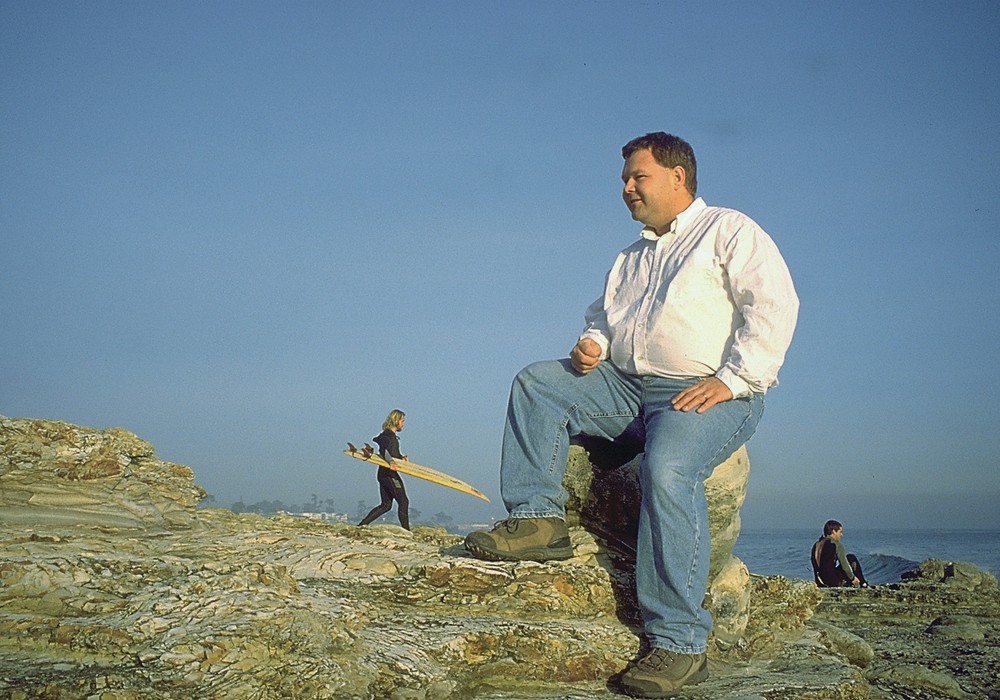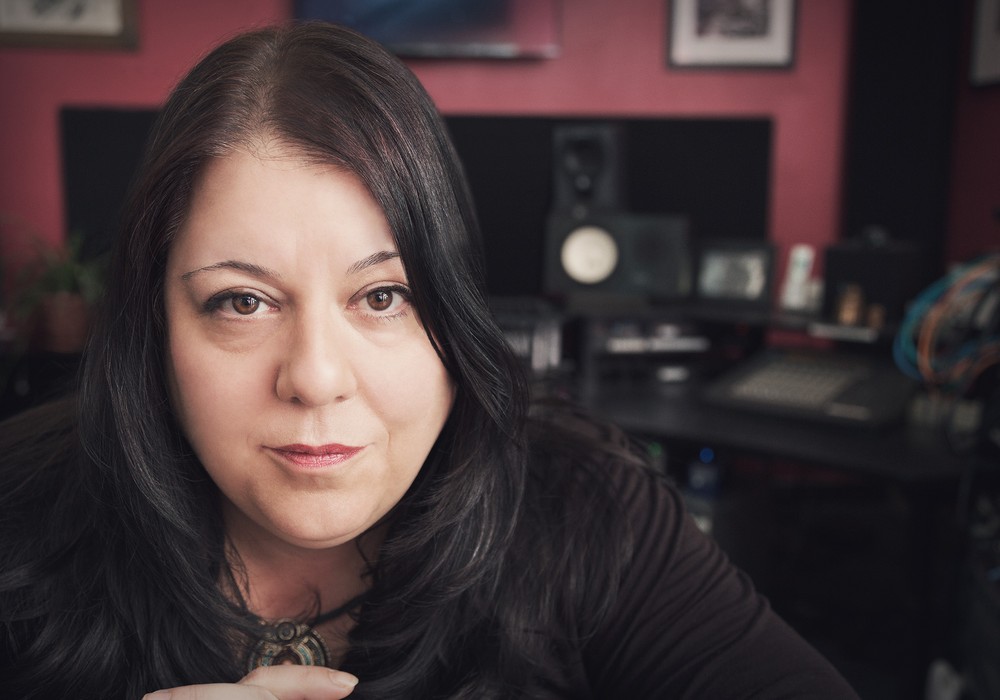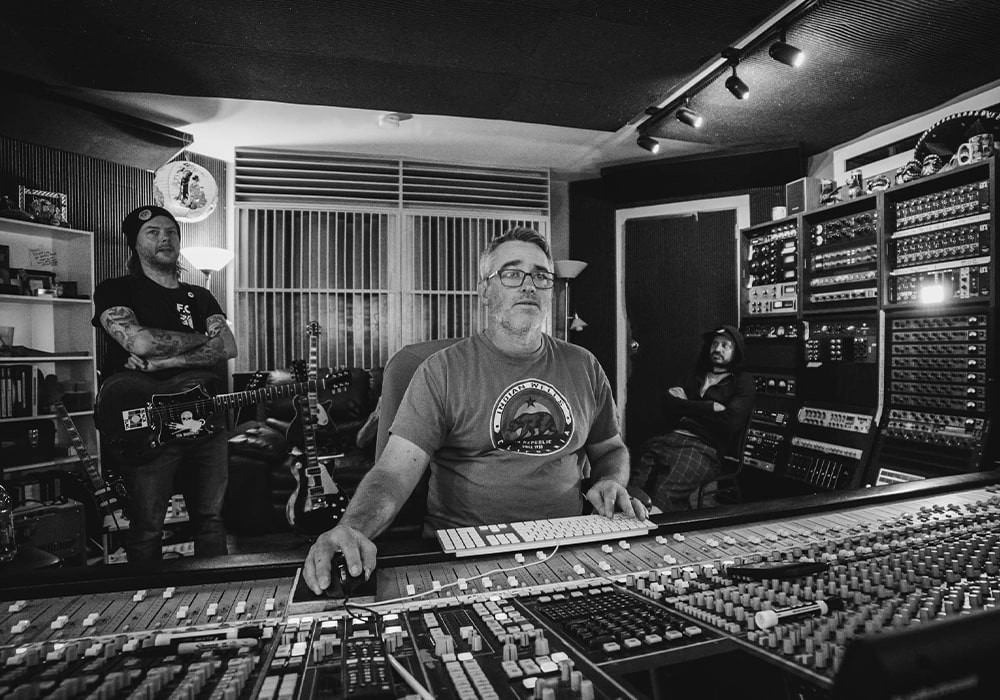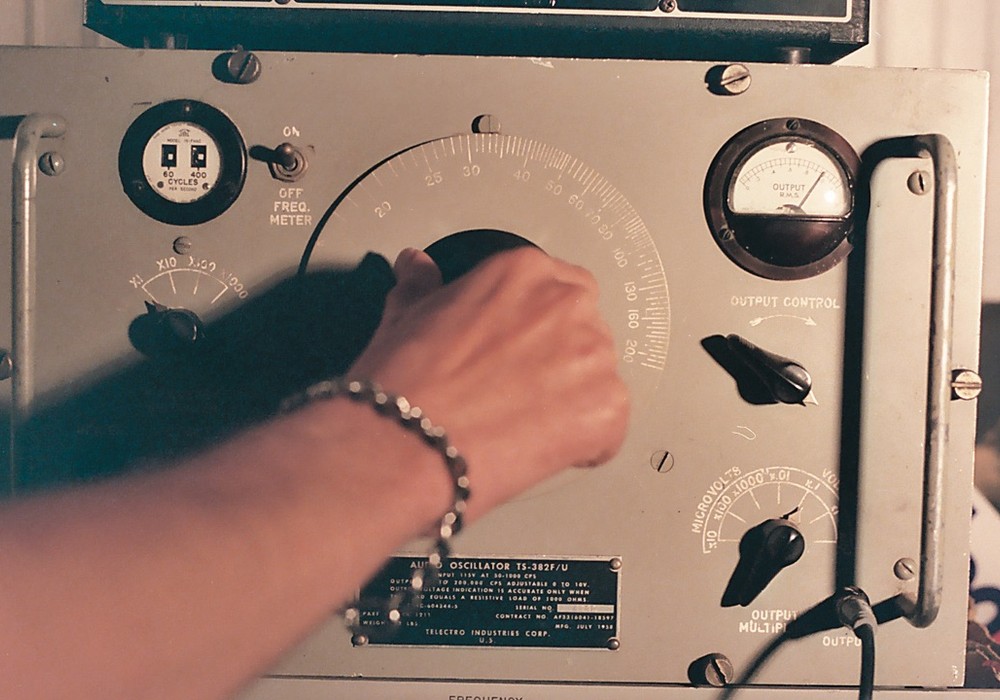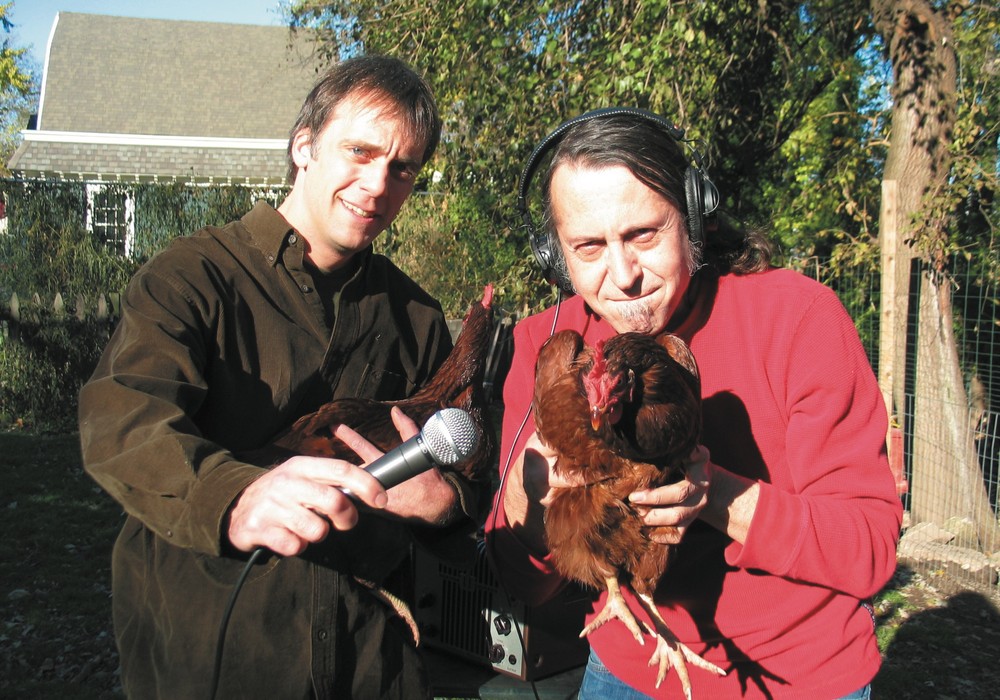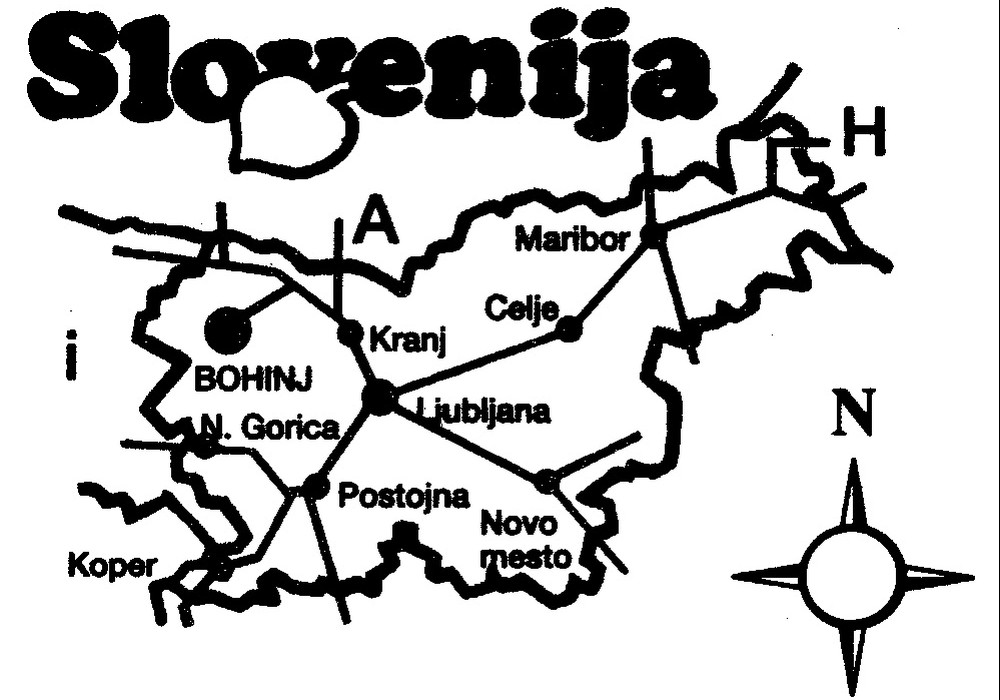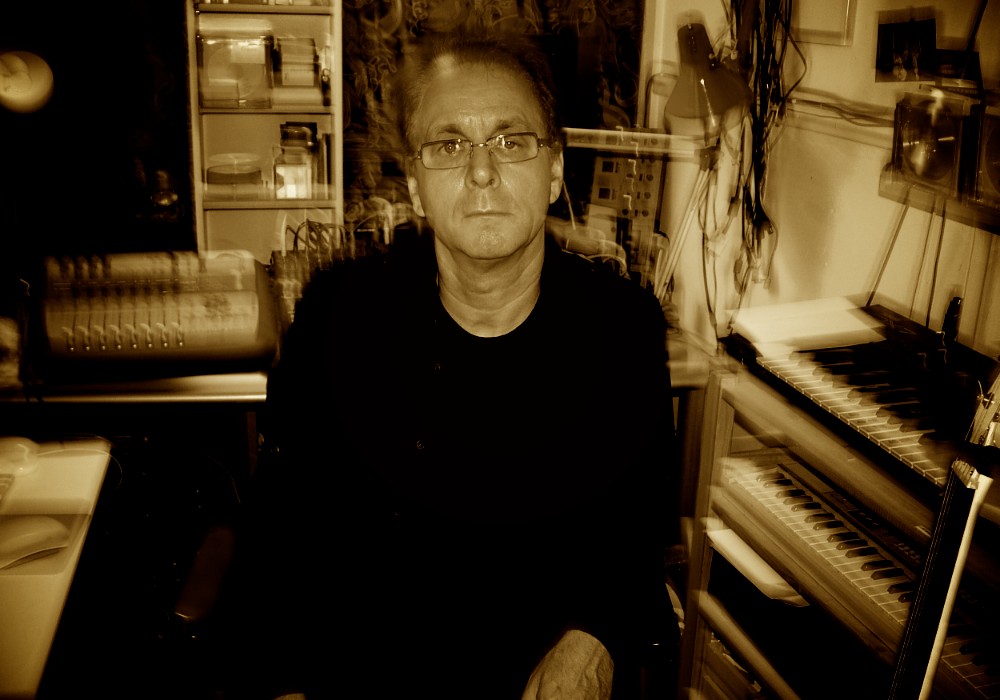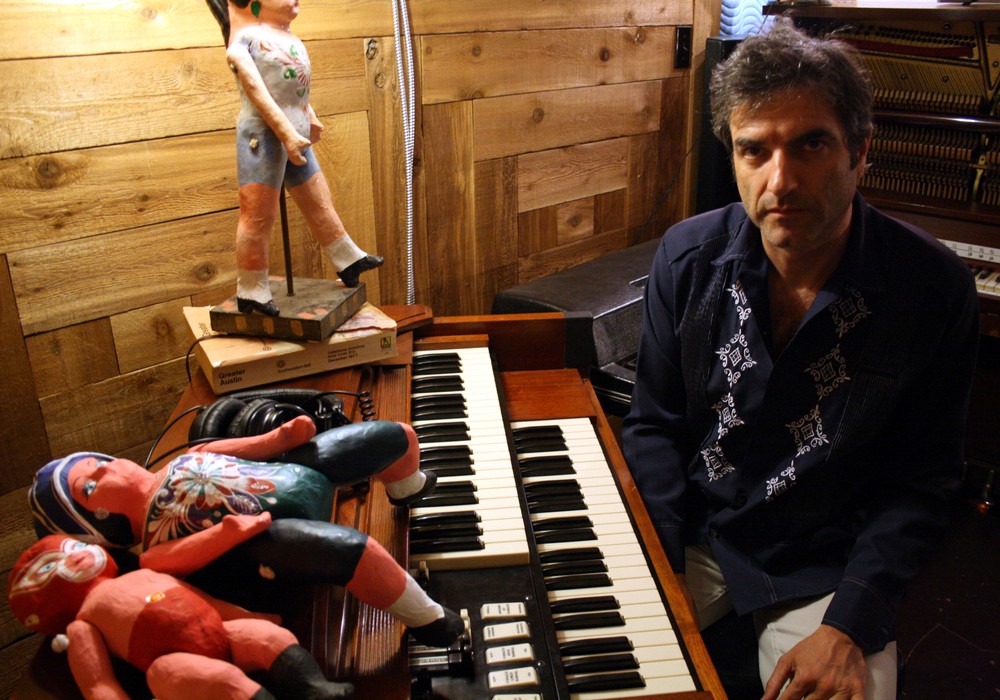S. Husky Höskulds is a very gifted engineer, mixer and sound designer. Born in Iceland, he studied audio engineering at the University of California in Los Angeles, and worked as an assistant engineer at several top L.A. studios. For a number of years, he assisted the producer/engineer team of Mitchell Froom [Tape Op #10] and Tchad Blake [#16] at L.A.'s Sound Factory. Since striking out on his own, Höskulds has worked with artists such as Sheryl Crow, Los Lobos, The Wallflowers, Peeping Tom, Gipsy Kings, Fantomas, Nora Jones, Tom Waits, and Joe Henry. With Joe Henry as producer, Höskulds has recorded and mixed three projects — one with Solomon Burke, one with Bettye Lavette and third, the I Believe To My Soul album, featuring Billy Preston, Allen Toussaint, Ann Peebles, Irma Thomas, and Mavis Staples. Of special note, he recorded and mixed this year's critically acclaimed The River in Reverse by Elvis Costello and Allen Toussaint. I recently met with Höskulds at his studio in Los Angeles, The Mute Matrix. He has an identical studio in Reykjavik, Iceland, called The Mute Matrix East, and in both locations all the mixing is done "in the box". He remarks, "If you had told me two years ago that I would be mixing mainstream albums in my own studio, all in the computer, I would never have believed it. But because of the way technology has progressed, I am now able to do just that."
What is the philosophy of your studio?
I decided that if I wanted to put together a mix room, I would wait until I found the program and plug-ins I needed to allow me to do that all in the computer. I knew I didn't want a 2-track tape machine or some analog outboard gear that you can't fix by re- booting. I think I've pulled together the best of the best to work in this way.
What are the main components of your studio?
The mix platform is a program on the PC called Sequoia, made by the German company Magix. Monitoring is via RME soundcards on all my machines, linked to an RME D/A converter and an SPL surround monitor controller. This in turn feeds the McIntosh MC 2105 power amp and the ProAc Studio 100 monitors. The same RME D/A is also used for the monitoring of the Pioneer CD/DVD/SACD players, so it's pretty high end all the way. In addition to that, I have Pro Tools M- Powered, Logic Pro, Digital Performer and Melodyne on all the Macs, so I can handle most tasks, be it sound design, editing, audio for film or even mastering.
What is so good about Sequoia — why did you choose it?
To me, it's the best program out there for mixing and mastering. It sounds the best, has the most comprehensive feature-set for mixing and it's exceptionally reliable. I have not once worried about the sound of the program itself, and that's a big deal. I have not had to second guess anything, be it the summing, the delay compensation or the recall — it's all rock solid. This is imperative, because when you are mixing an album, you have plenty to think about in the creative department. Being able to check the more mundane technical stuff off the list is a huge advantage.
What other projects are you working on?
Now that I have a studio of my own where I can spend time on post-production, editing and sound design, I have made some sample libraries. One of those is the 8 Bit Kit for FXpansion's BFD program. This is a collection of drum samples done as if I were tracking. Big on bottom, big on distortion, big on compression — more of everything, basically. The BFD program is genius, and I'm happy to be doing stuff for them. I've also teamed with Native Instruments a couple of times, so there is more going on in that world for me now that I have this creative space of my own.
In what media formats do projects come to you at your studio?
All the stuff I get is on a hard drive or DVD. Simply either Pro Tools, Logic sessions or just the raw audio files. Sequoia can import every file format there is, even the Mac-only SDII, so I'm covered.
Do you miss hardware outboard gear? What kinds of plug-ins are you using?
Not one bit. I can't think of one piece of gear I wish I had here at my studio, except maybe an ice cream maker. Just as before, with the hardware, I use plug-ins that pretty much cover the whole spectrum. They all play a role of equal importance, whether they are free VST downloads or plug-ins that cost several hundred dollars. It's been interesting to have to "learn" the sound of all the plug-ins, much like I did with the hardware as I was starting to mix records on consoles. The beauty of plug-ins, however, in the most basic form, is that you've got unlimited copies, not just one as in the hardware world. I've been through more or less all of them, and the ones that make the cut are from Universal Audio, URS, Elemental Audio, Sonalksis, Audio Ease's Altiverb, PSP, Wave Arts, Smartelectronix, Audio Damage, Anarchy Effects, Native Instruments, Applied Acoustics Systems — clearly lots of them. Of course, I would not use all of them at the same time or any one specific plug-in all the time any more than a drummer would use one particular snare all the time. They all have their own sound and that flexibility is a...
